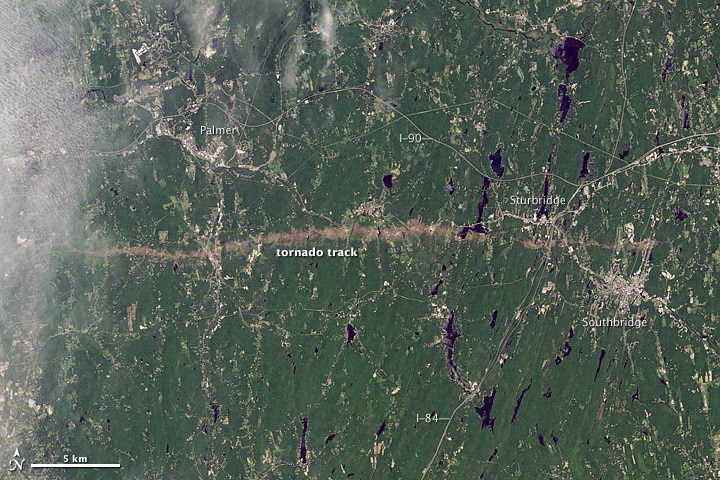The colors and texture of tree bark are something people are very unaware of even though they see bark every day. On a drizzly, overcast day (like today) the color of bark, grays and browns, is sharpened, the moisture in air pulling out subtleties in them along with the green colors of lichen. The newly fallen leaves carpet the woods in with a rusty hue. I can see many different trees as I look out the window but, without leaves, how do I know what species they are? Bark is a clue.
We went for a walk this afternoon to take a closer look at bark using a field guide aptly named Bark by Michael Wojtech. This guide was created as Wojtech’s thesis at Antioch University. As with any field guide it takes a little getting used to- which means you have to read the introduction to understand how to use it (this trait is also noted by the author in chapter one). Simply flipping through the excellent photos in this guide will only serve to confuse you.
What, exactly, is bark? Bark is a non-technical term for everything that is outside of the vascular cambium. Think of it this way: Bark is on the outside, wood is on the inside. This is terribly over-simplified, so I highly recommend checking Bark out to learn a little more about the inner workings of a tree.
Bark can be likened to the skin of a tree, protecting it from pathogens, insulating the living tissues from hot and cold, and protecting a tree from fire. Some trees have think, furrowed skin while others have a smooth, unblemished appearance. Some trees have completely different bark when they are at different stages in their life. We are visiting a dozen or so different trees along the trails today. Wojtech’s book covers 67 species.
Once you start to recognize the different colors, patterns and texture of bark you’ll have a different appreciation for the beauty and complexity of trees. Coupled with branching patterns and leaf scars (more on these in the future), you won’t even need leaves for tree identification. Now that the leaves have fallen, it’s a great time of year to go out and see what you’ve been missing.



